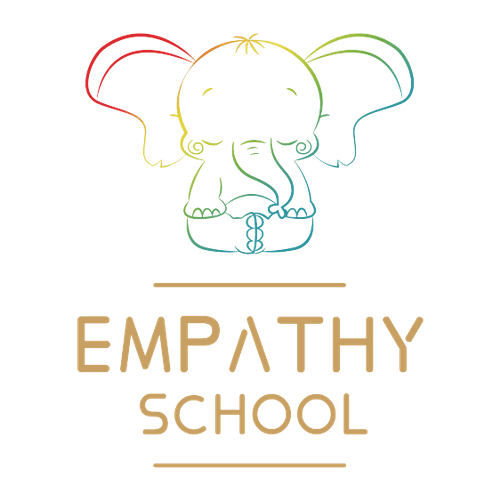Imagine stepping into a classroom where the buzzing energy of collaboration fills the air. The desks are pushed aside, and in their place are groups of students, deeply engrossed in discussion, their eyes alight with excitement. Welcome to the world of project-based learning (PBL), where education transcends traditional teaching methods and ventures into the dynamic landscape of real-world problem-solving.
Beyond the Classroom Walls
Project-based learning is not just a teaching strategy; it’s a journey into the heart of learning itself. It’s where students embark on an exploration, guided not by the rigid lines of textbooks, but by their curiosity and creativity. In this vibrant educational paradigm, students are not passive recipients of knowledge. Instead, they are active participants and architects of their learning experience.
At its core, project-based learning is an instructional approach that encourages students to engage in complex, meaningful, and relevant projects. These projects are not mere assignments; they are adventures in learning, designed to answer a question or solve a problem that holds significance in the real world.
But what sets project-based learning apart is its emphasis on depth over breadth. It’s not about skimming the surface of a multitude of topics. Rather, it’s about diving deep into a subject, exploring its nuances, and understanding its intricacies. It’s about connecting the dots between theory and practice, knowledge and application.
In the world of PBL, the role of the teacher transforms from that of a lecturer to a facilitator, a guide who navigates students through their journey of discovery. The classroom becomes a bustling hub of inquiry, collaboration, and innovation, where students learn to think critically, communicate effectively, and work collaboratively.
As we look to the future of education, project-based learning stands as a beacon of progress, a testament to the power of active, experiential learning. It’s a reminder that when we empower students to take charge of their learning, explore their passions, and tackle real-world challenges, we are not just teaching them; we are preparing them to thrive in an ever-changing world.

